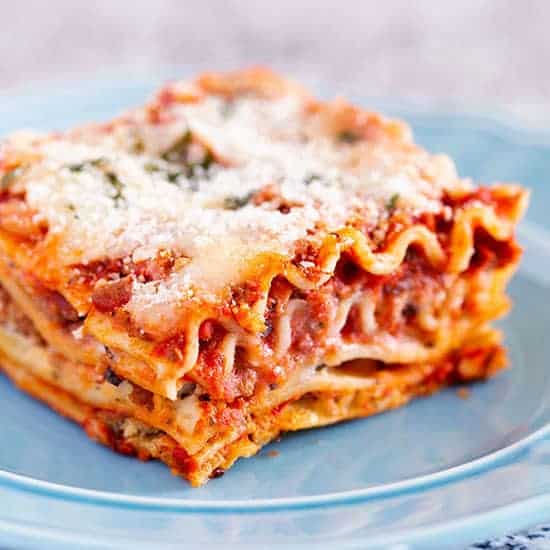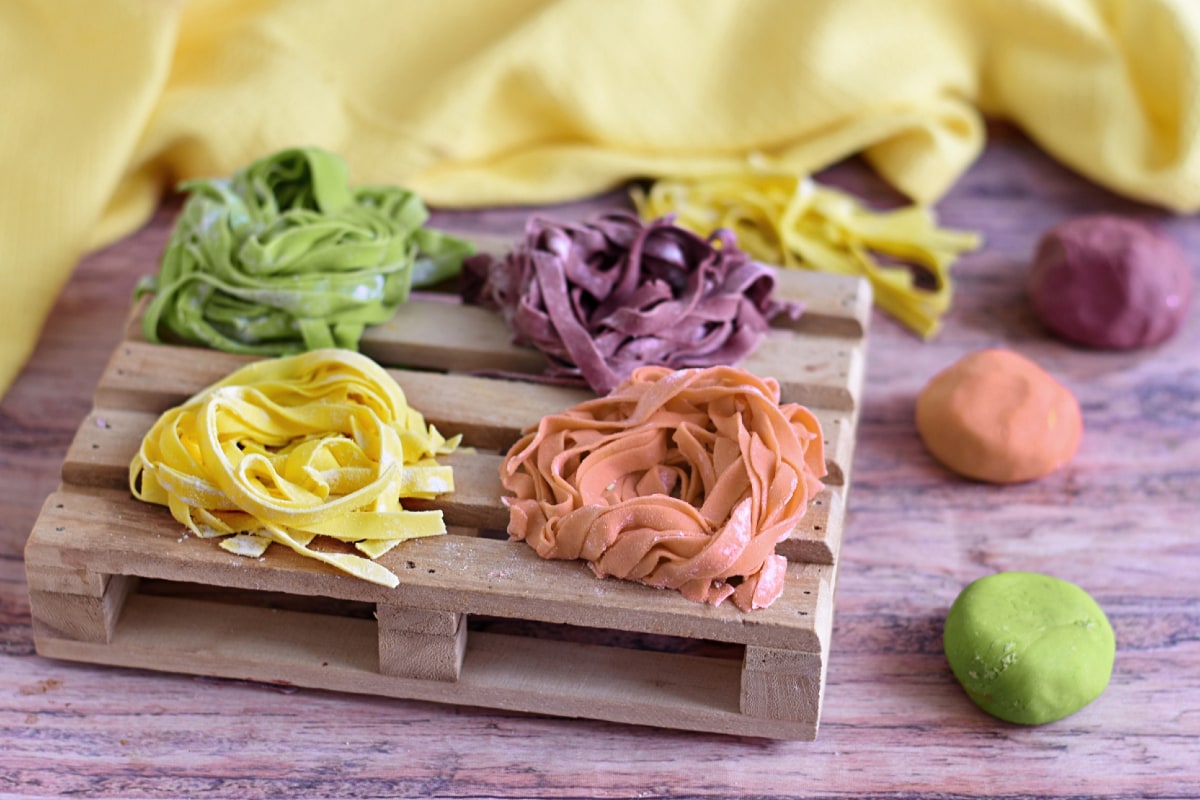0
Are you ready to embark on a gastronomic journey that will elevate your pasta dishes to the next level? If you’ve ever wondered how to heat pasta sauce, or perhaps pondered the art of heating marinara sauce or spaghetti sauce, you’re in the right place. Picture this: a velvety, aromatic tomato sauce, infused with herbs and spices, clinging lovingly to perfectly al dente pasta. Your taste buds tantalized, your guests impressed—this is the culinary delight you can achieve with the right knowledge and technique.
In this guide, we’ll delve into the intricacies of how to heat pasta sauce to perfection. Whether you’re a novice in the kitchen or a seasoned chef, we’ll unravel the mysteries of reheating pasta sauce, leaving you with the desire to unleash your inner culinary maestro. So, let’s roll up our sleeves and embark on this delicious journey together!
Why Reheat Pasta Sauce?
Before we get into the nitty-gritty of reheating pasta sauce, let’s address the “why” behind it. After all, why would anyone want to reheat pasta sauce in the first place? Well, there are several good reasons:
1. Leftovers Galore:
Imagine a scenario where you cooked up a big batch of your favorite pasta sauce. Perhaps it’s a family recipe passed down through generations, or maybe it’s your culinary creation. The problem is that you ended up with more sauce than pasta. What do you do with all that glorious sauce? Reheat it, of course!
2. Make-Ahead Meals:
Life can be pretty hectic, and sometimes, we just don’t have the time or energy to whip up a fresh batch of pasta sauce every night. That’s where reheating comes to the rescue. Preparing sauce in advance and reheating it when you need it is a game-changer for busy individuals and families.
3. Flavor Fusion:
Believe it or not, pasta sauce often tastes even better the next day. The flavors have had time to meld and develop, resulting in a richer, more complex taste. Reheating can enhance the overall flavor profile of your sauce.
4. Convenience:
Let’s face it; reheating pasta sauce is incredibly convenient. It’s a quick and easy way to have a delicious meal without the fuss of cooking from scratch. Plus, it’s a great solution for those days when you’re feeling too lazy to cook but still want a homemade meal.
The Basics: How to Reheat Pasta Sauce
Reheating pasta sauce is a straightforward process, but there are a few essential steps to ensure your sauce maintains its flavor and consistency. Here’s the basic method:
Ingredients and Equipment:
- Pasta sauce (leftover or freshly made)
- Saucepan or microwave-safe container
- Stovetop or microwave
Method 1: On the Stovetop
- Prepare Your Saucepan: Start by selecting an appropriately sized saucepan for the amount of sauce you want to reheat. A non-stick pan works best to prevent sticking and scorching.
- Heat the Saucepan: Place the saucepan on your stovetop over low to medium heat. Preheating the pan helps ensure even reheating and prevents the sauce from sticking.
- Add the Sauce: Pour your pasta sauce into the saucepan. Use a spatula or wooden spoon to scrape out every last drop if you’re a sauce aficionado.
- Stir Occasionally: As the sauce heats up, stir it occasionally to prevent it from sticking to the bottom of the pan and ensure even heating.
- Simmer, Don’t Boil: Avoid bringing the sauce to a rolling boil, as this can cause it to splatter. Instead, let it simmer gently until it’s heated through. This usually takes about 5-10 minutes.
- Taste and Adjust: Before serving, taste the sauce and adjust the seasoning if needed. You might want to add a pinch of salt, a dash of pepper, or a hint of herbs to enhance the flavor.
- Serve and Enjoy: Once your pasta sauce is piping hot, it’s ready to be served. Pour it over your favorite pasta, and don’t forget to sprinkle some grated cheese on top!
Method 2: In the Microwave
- Microwave-Safe Container: Start by transferring your pasta sauce to a microwave-safe container. Make sure it has enough space to allow for expansion as the sauce heats up.
- Cover the Container: Place a microwave-safe lid or microwave-safe plate on top of the container to prevent splatters. If you don’t have a lid, you can use a microwave-safe microwave cover or even a microwave-safe paper towel.
- Heat in Short Bursts: Microwave your sauce in 30-second intervals on medium power (50% power). This prevents the sauce from overheating and maintains its consistency.
- Stir Between Intervals: After each 30-second interval, give the sauce a quick stir. This helps distribute the heat evenly and ensures that there are no cold spots in the sauce.
- Check for Hotness: After a couple of intervals, check the sauce’s temperature by taking a small taste or touching it with a spoon. Once it’s piping hot, it’s ready to go.
- Serve and Enjoy: Just like with stovetop reheating, taste the sauce before serving and adjust the seasoning if necessary. Pour it over your pasta, and voilà – you’ve got a delicious meal in minutes!
Pro Tips for Perfectly Reheated Pasta Sauce
Now that you’ve got the basics down, let’s take your pasta sauce reheating game to the next level with some pro tips:
1. Use a Lid or Cover:
When reheating in the microwave, always use a microwave-safe lid or cover for the container. This prevents messy sauce explosions and keeps your microwave clean.
2. Go Low and Slow:
On the stovetop, low to medium heat is your friend. Rushing the process by cranking up the heat can lead to uneven reheating and potentially burnt sauce.
3. Add a Splash of Liquid:
If your pasta sauce seems too thick after reheating, consider adding a splash of water, broth, or even wine. This can help restore the sauce’s original consistency.
4. Be Mindful of Dairy:
If your pasta sauce contains dairy products like cream or cheese, be extra cautious when reheating. Use low heat and stir frequently to prevent curdling.
5. Stir with Love:
Stirring isn’t just a practical step; it’s an act of love for your sauce. Stirring ensures that all parts of the sauce heat evenly and prevents clumping or scorching.
6. Don’t Overdo It:
Avoid reheating pasta sauce more than once. Repeated heating and cooling can lead to changes in texture and flavor, and it’s best to consume reheated sauce within a reasonable timeframe.
The Secret Ingredients: Flavor Enhancement
Reheating pasta sauce isn’t just about bringing it back to the right temperature; it’s also an opportunity to enhance its flavor. Here are some secret ingredients you can add to take your reheated sauce to the next level:
1. Fresh Herbs:
Adding fresh herbs like basil, parsley, or oregano right before serving can infuse your sauce with vibrant, aromatic flavors.
2. Parmesan Rind:
Tossing in a Parmesan cheese rind while reheating adds a subtle richness and depth to your sauce. It’s a trick used by Italian grandmothers for generations.
3. Red Pepper Flakes:
For a little heat and a burst of flavor, consider adding red pepper flakes to your reheated sauce. It’s perfect for those who enjoy a spicy kick.
4. A Splash of Balsamic Vinegar:
A touch of balsamic vinegar can balance the flavors in your sauce, adding a hint of sweetness and acidity that elevates the overall taste.
5. Butter:
A small pat of butter stirred into your sauce before serving can add a luxurious creaminess and a glossy finish.
Remember, the key to using these secret ingredients is to taste as you go and adjust to your preference. Cooking is an art, and your taste buds are the ultimate judge!
The Science of Flavor Development
Have you ever wondered why reheated pasta sauce often tastes better the next day? It’s not just a figment of your imagination; there’s some science behind it.
When you cook pasta sauce, you’re not just blending ingredients; you’re creating a flavorful chemistry experiment. Many of the compounds responsible for taste and aroma in your sauce need time to fully develop and meld together. This process is called flavor diffusion.
As your sauce cools and rests, these compounds continue to interact, creating a more harmonious and complex flavor profile. So, when you reheat your sauce, you’re essentially waking up those dormant flavor molecules, resulting in a sauce that’s often more delicious than when it was first made.
Think of it like a fine wine or a well-aged cheese. Time allows the flavors to mature and become more refined. So, don’t be surprised if your reheated sauce wows your taste buds!
Beyond Pasta: Creative Uses for Reheated Sauce
Pasta sauce is versatile, and its uses extend far beyond a simple plate of spaghetti. Here are some creative ways to use reheated pasta sauce:
1. Pizza Sauce:
Transform your pasta sauce into a flavorful pizza sauce. Spread it on pizza dough, add your favorite toppings, and bake to perfection.
2. Baked Eggs:
Make a delightful breakfast or brunch by simmering your sauce in a skillet, cracking eggs into it, and baking until the eggs are set. Top with cheese and fresh herbs for a savory treat.
3. Meatball Subs:
Heat some meatballs in your sauce, then load them onto a sub roll with melted cheese for a mouthwatering sandwich.
4. Stuffed Peppers:
Use your sauce as a base for stuffed bell peppers. Mix it with cooked rice, ground meat, and herbs for a hearty filling.
5. Shakshuka:
For a twist on this Middle Eastern classic, simmer your sauce with spices, bell peppers, and poached eggs for a flavorful one-pan meal.
6. Chili Base:
Add depth and richness to your chili by incorporating some reheated pasta sauce into the mix. It’s a secret ingredient that can take your chili to the next level.
The possibilities are endless when you have a jar of reheated pasta sauce at your disposal. Get creative, experiment, and let your culinary imagination run wild!
FAQs
1. Can I freeze reheated pasta sauce?
Yes, you can freeze reheated pasta sauce. Allow the sauce to cool completely before transferring it to an airtight container or freezer bag. Be sure to leave some space for expansion, as liquids tend to expand when frozen. Label the container with the date, and it should be good in the freezer for up to three months. When you’re ready to use it, thaw it in the refrigerator and reheat it following the methods mentioned earlier.
2. Can I reheat pasta sauce more than once?
It’s best to avoid reheating pasta sauce more than once. Repeated heating and cooling can lead to changes in texture and flavor, and it’s safer to consume reheated sauce within a reasonable timeframe.
3. How do I store leftover pasta sauce?
To store leftover pasta sauce, let it cool to room temperature and then transfer it to an airtight container. Seal the container tightly to prevent air from getting in, which can cause the sauce to spoil faster. Store it in the refrigerator for up to 3-4 days.
4. Can I use a microwave to reheat pasta sauce with cream or cheese?
Yes, you can use a microwave to reheat pasta sauce that contains cream or cheese, but you need to be extra cautious. Use low to medium power settings (50% power) and heat in short intervals, stirring between each interval. This prevents the sauce from overheating and curdling.
5. Is reheated pasta sauce safe to eat?
Reheated pasta sauce is safe to eat as long as it has been handled and stored properly. It’s essential to follow food safety guidelines, including refrigerating or freezing leftover sauce promptly and reheating it to an internal temperature of at least 165°F (74°C) to ensure it’s safe to consume.
In conclusion
In the tantalizing world of culinary finesse, mastery over how to heat up pasta sauce is the secret sauce to elevate your dining experience. By now, you’ve unraveled the art of restoring that luscious marinara or sumptuous spaghetti sauce to its former glory. Your palate has been tantalized, your curiosity piqued, and your taste buds awakened.
But here’s the tantalizing twist: your journey doesn’t end here. The aroma of simmering sauce, the symphony of flavors dancing on your tongue, it’s all within your grasp. So, why not take it a step further? Experiment with herbs and spices to create your signature sauce, explore diverse pasta shapes, or share your newfound wisdom with fellow epicureans.
The allure of perfecting the how to heat pasta sauce ritual is but the gateway to a culinary adventure that beckons. Savor the journey, and may your sauce always be savored, never rushed.


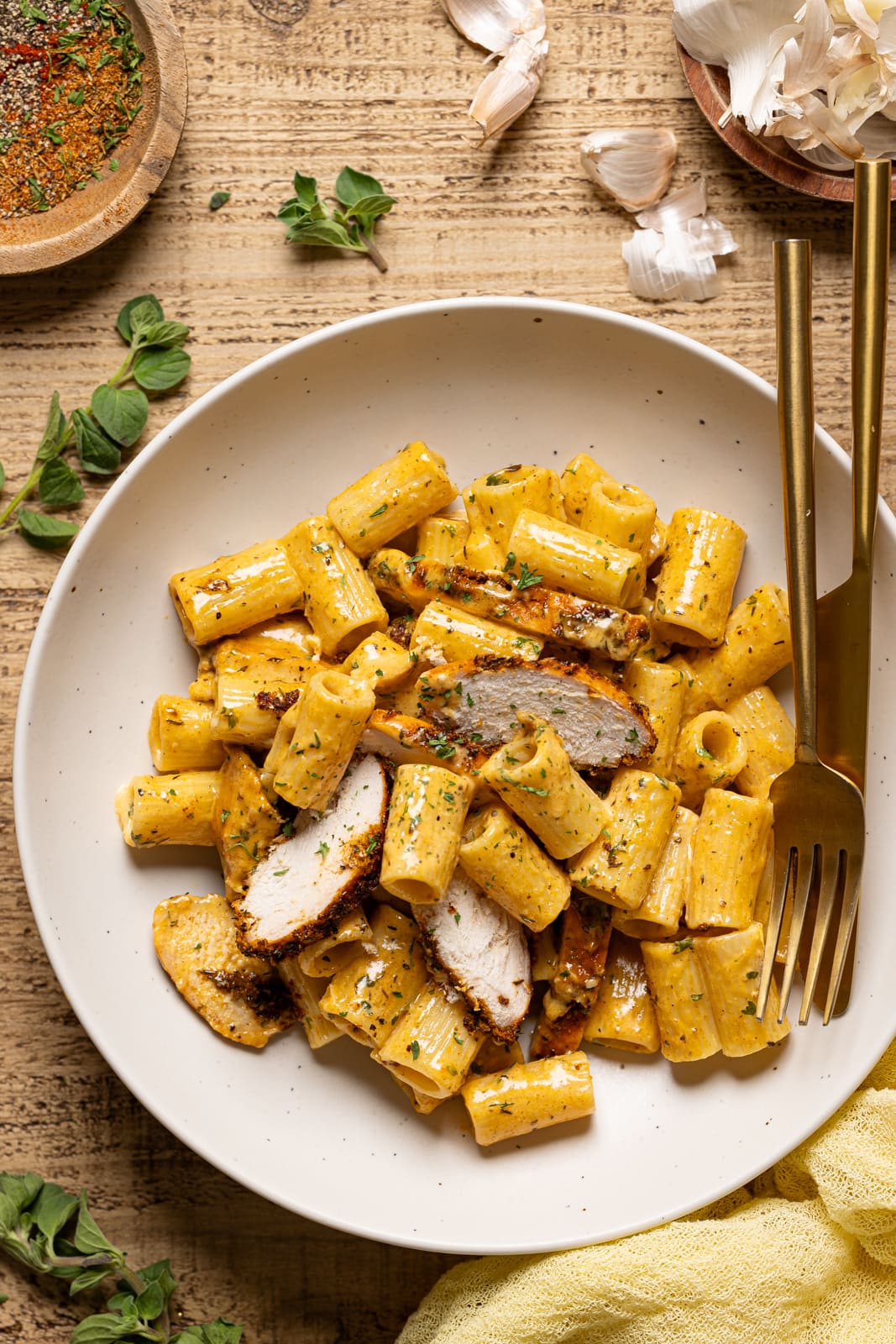


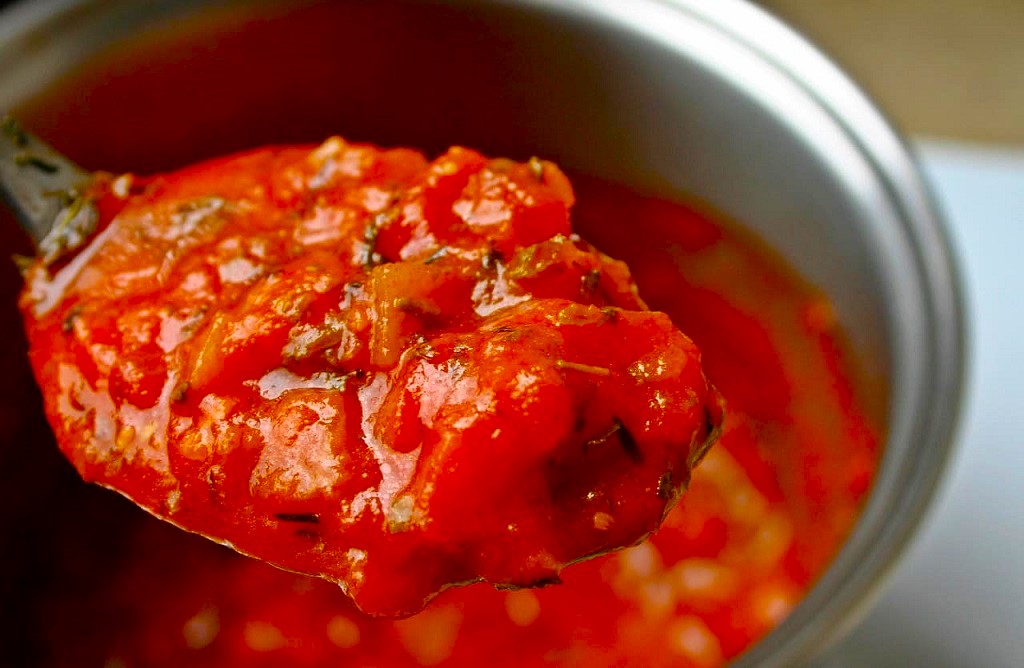
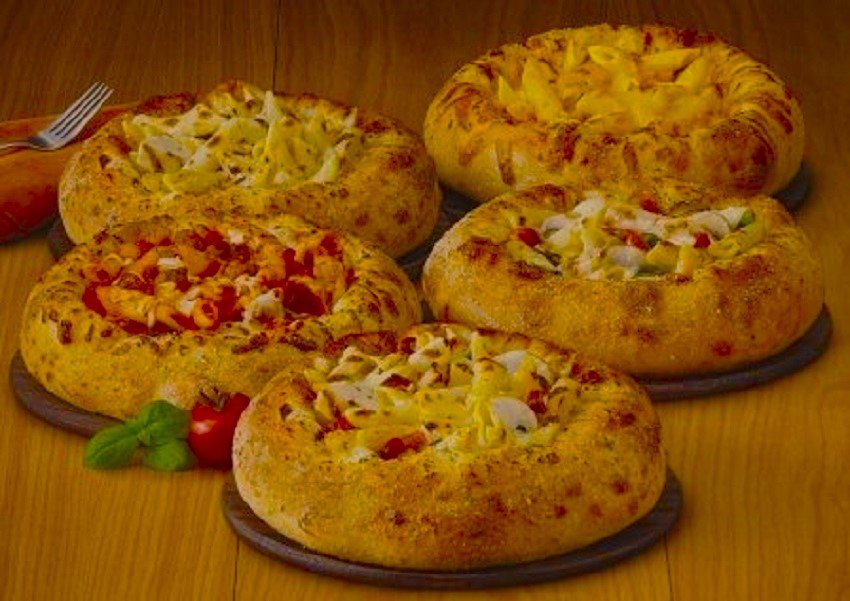
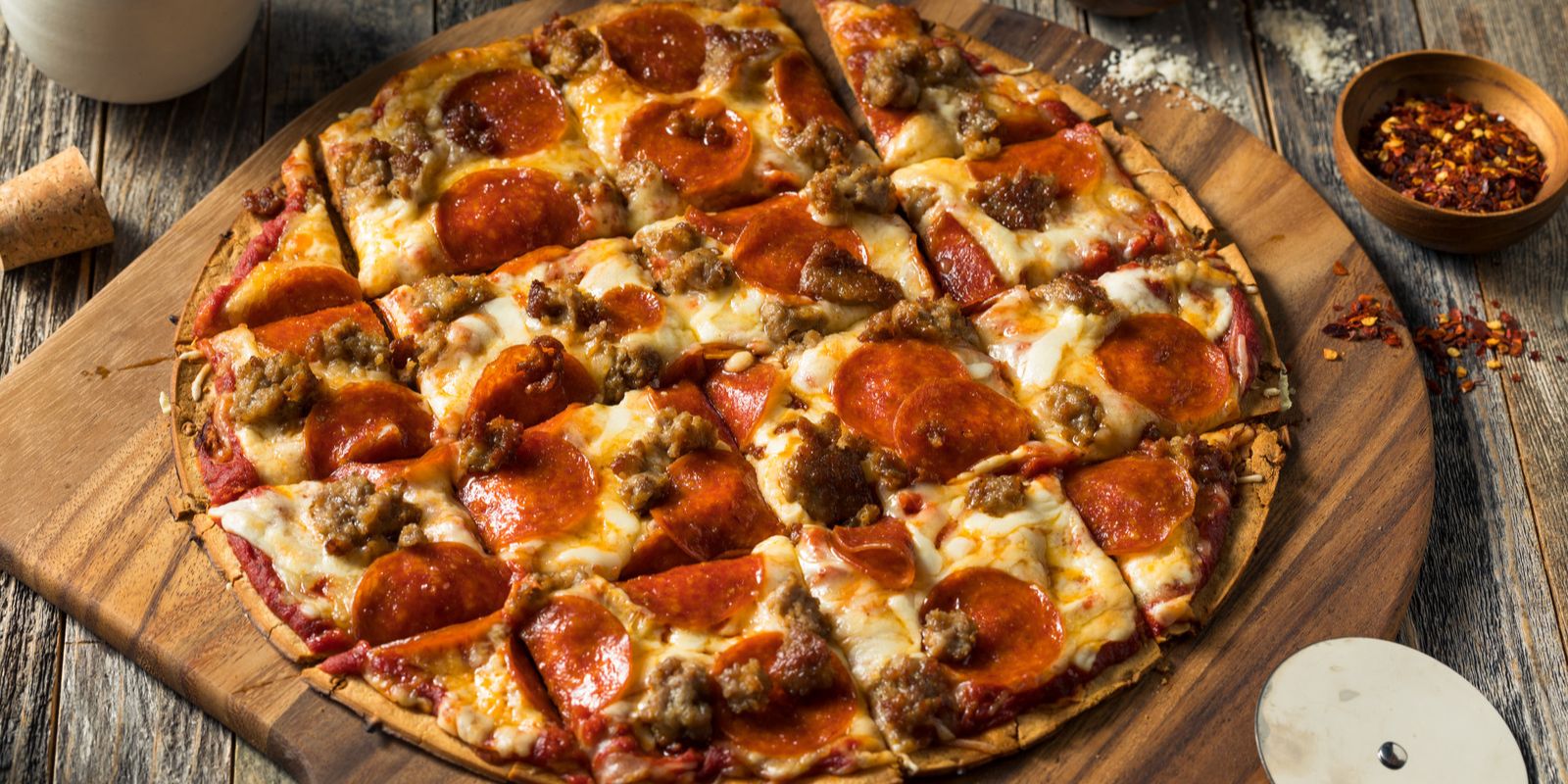
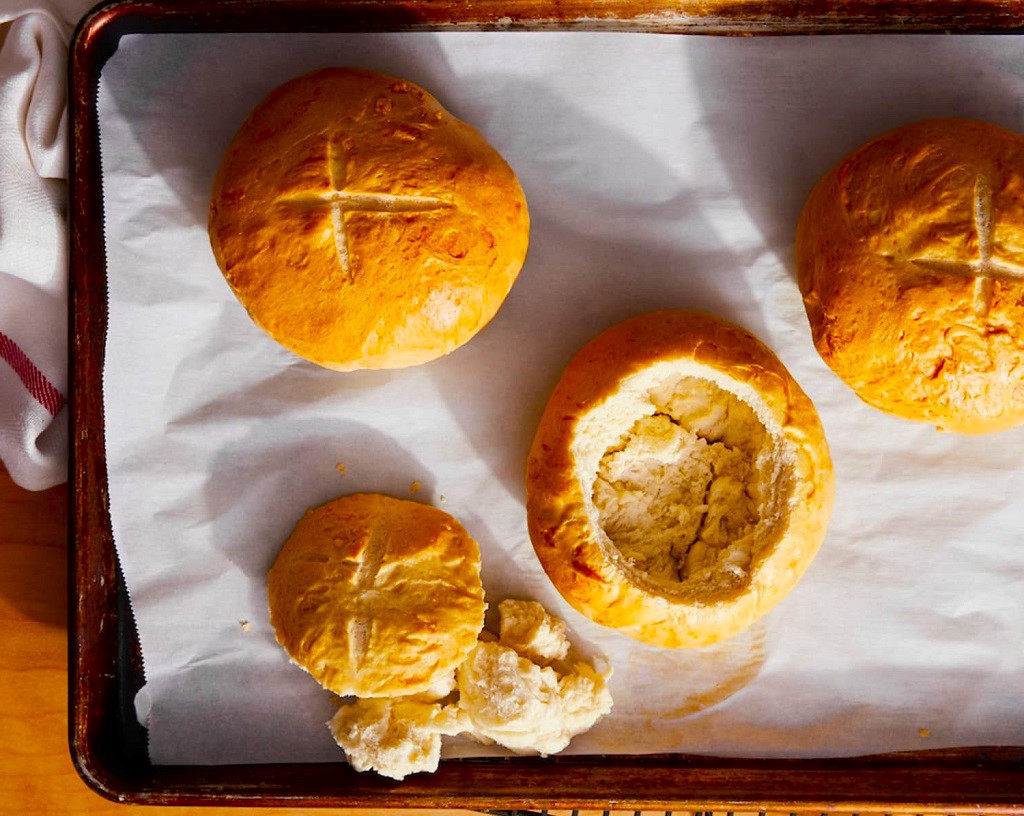
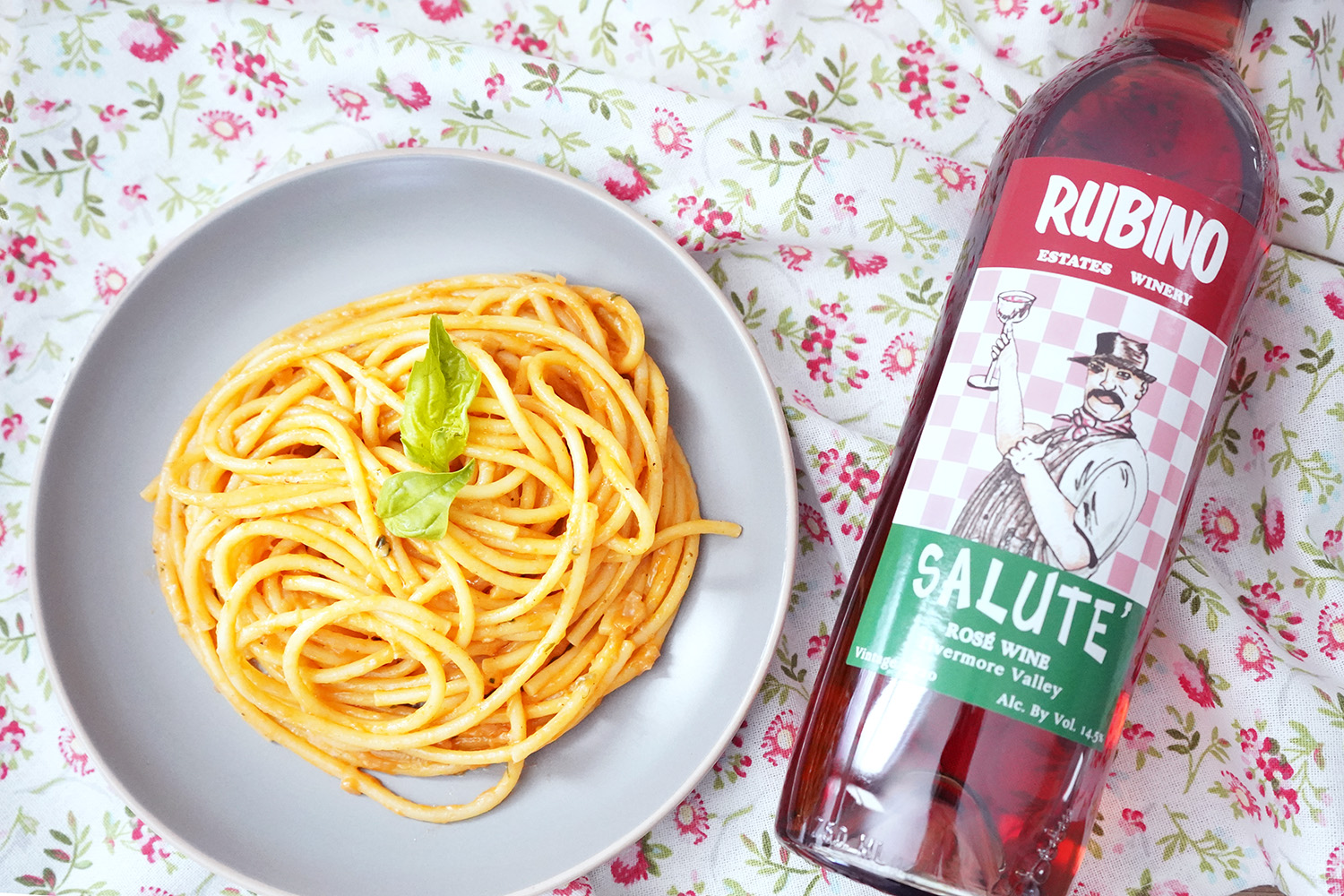



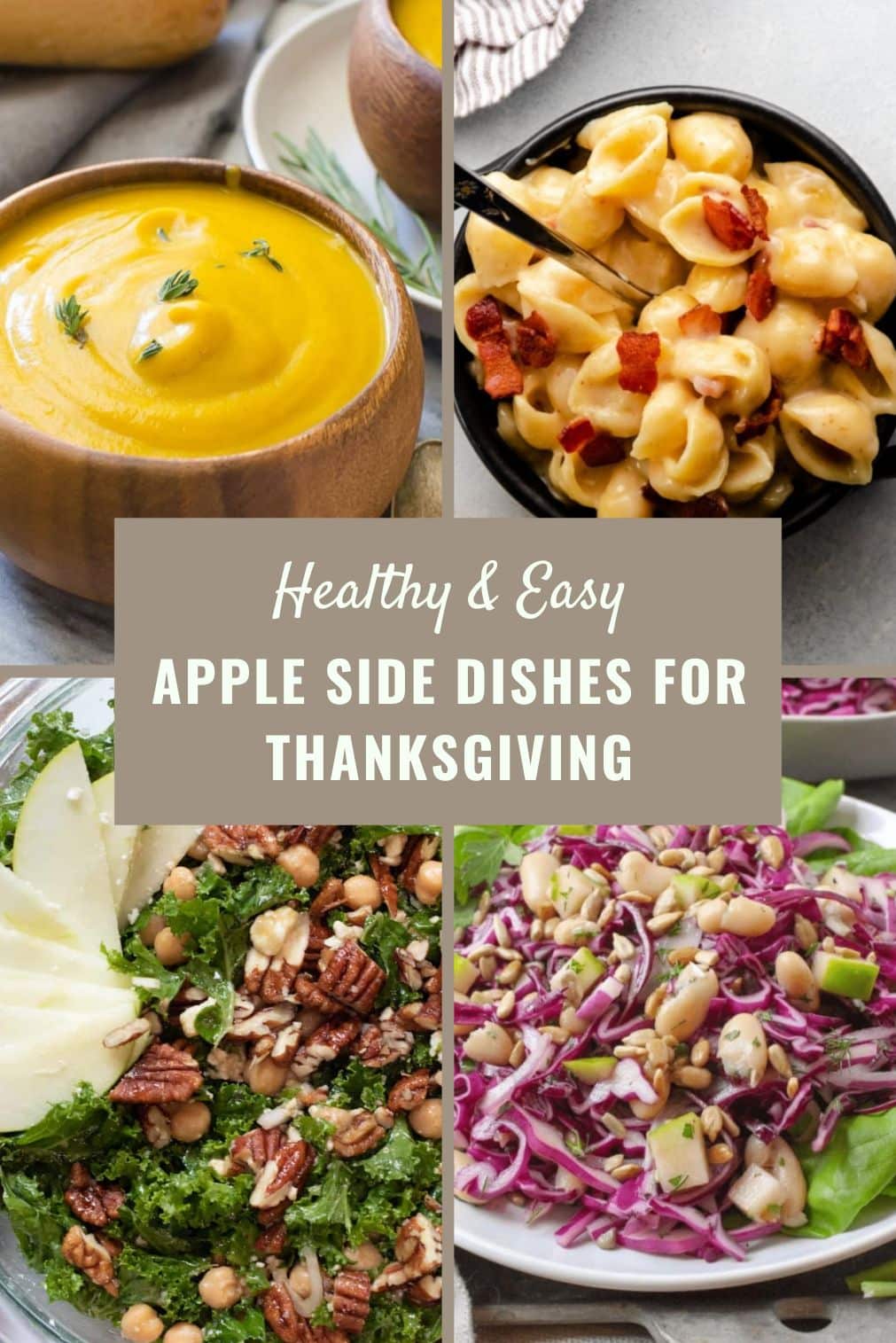
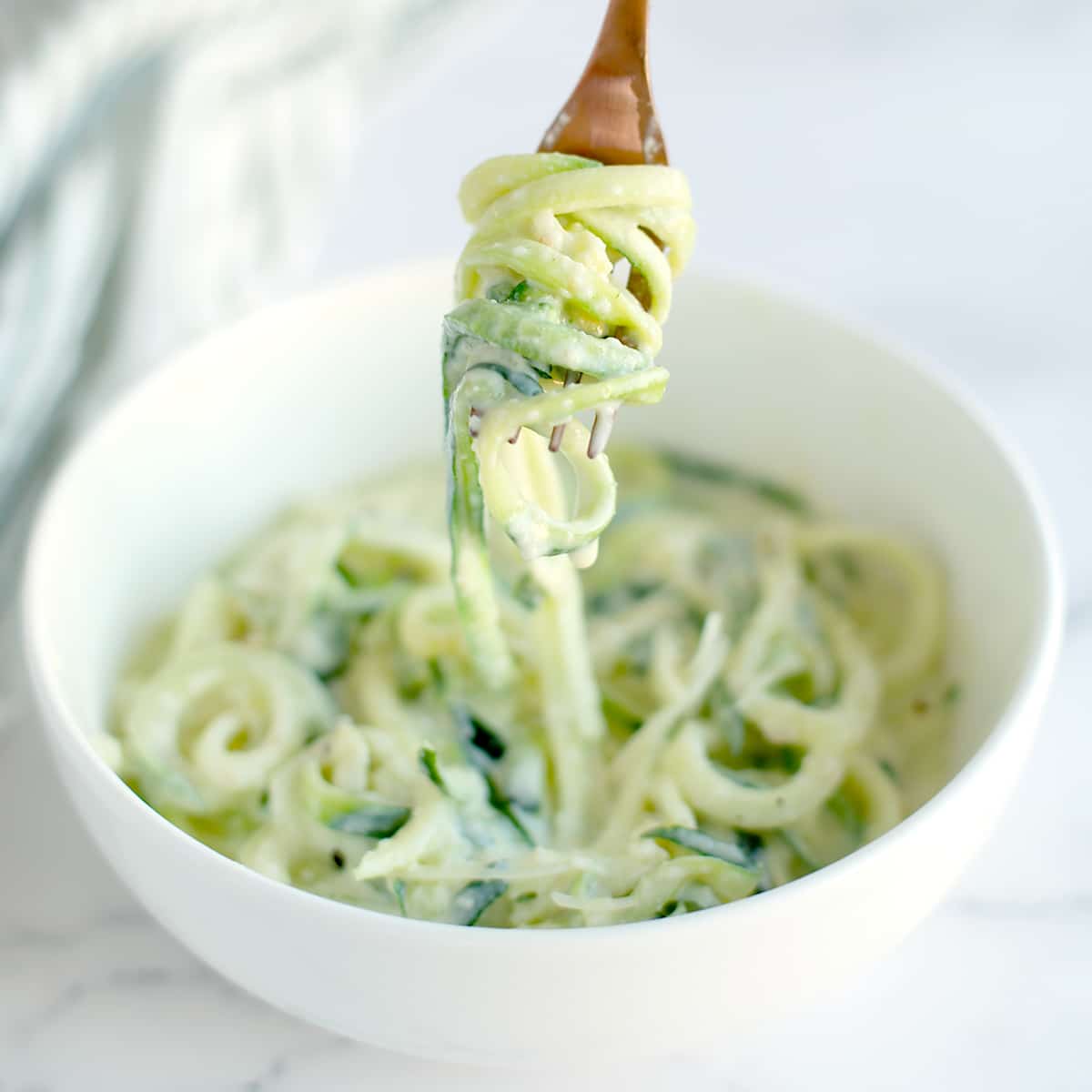
:max_bytes(150000):strip_icc()/8412465-80f4cf93a06d406eaa67c613f4ac63b1.jpg)

